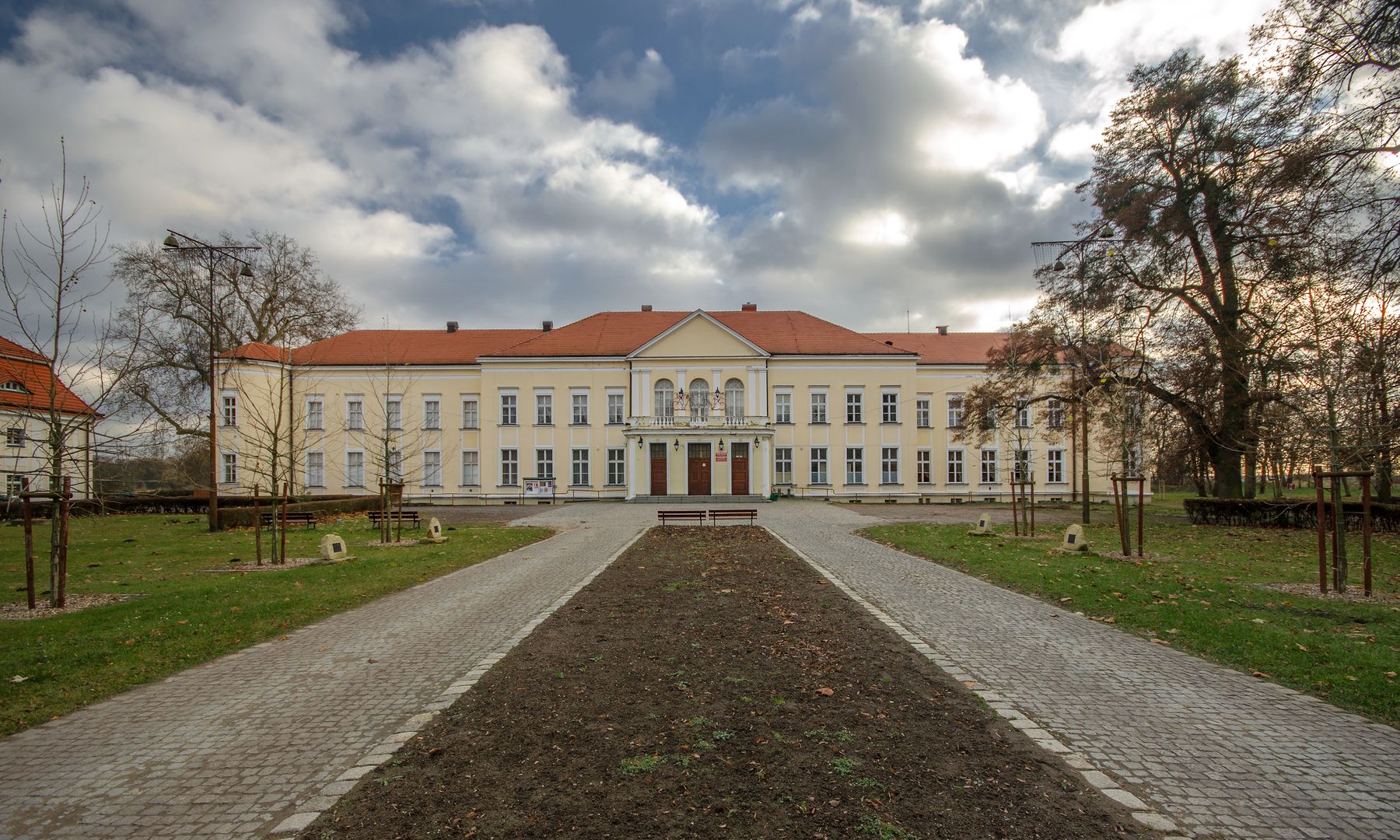Brzeg Dolny
6.88

Overview
Brzeg Dolny is a town in the Lower Silesian Voivodeship, with a rich history dating back to the Bronze Age. In the Middle Ages, it was a small settlement, and it received its town rights in 1663 when Georg Abraham von Dyhern was granted them by Emperor Leopold I. Architecturally, the town stands out for its medieval urban layout and historic buildings, including a former evangelical church converted to Roman Catholic, the von Hoym Palace which served as a cultural center, and a 19th-century palace complex. The town also features several sites related to Jewish history, such as a synagogue and a Jewish cemetery. Culture in Brzeg Dolny revolves around the Dolnobrzeski Cultural Center, which organizes numerous artistic events, including concerts and exhibitions. The main sports disciplines are basketball, volleyball, and swimming, with Polish national teams in various disciplines competing at local facilities. The charm of the town is further enhanced by a local English-style park and a recreational center on the Oder River. Interestingly, during World War II, Brzeg Dolny was the site of grim chemical factories that used concentration camp prisoners. After the war, the town began a process of reconstruction and became a chemical hub thanks to the "Rokita" Chemical Plant. Today, Brzeg Dolny is a dynamically developing town, blending history with modernity, featuring active cultural and sports life, as well as unique architectural values.
Location
2025 Wizytor | All Rights Reserved